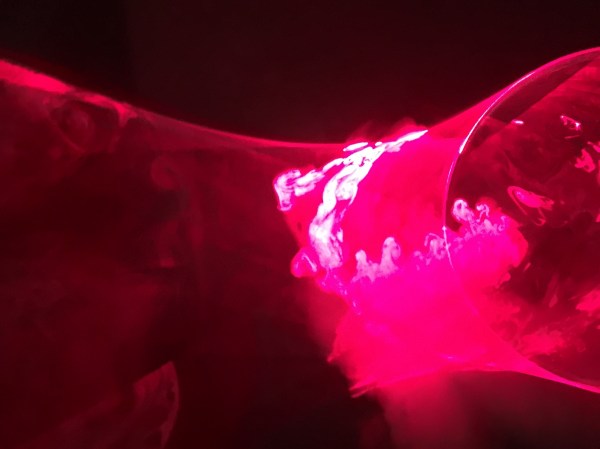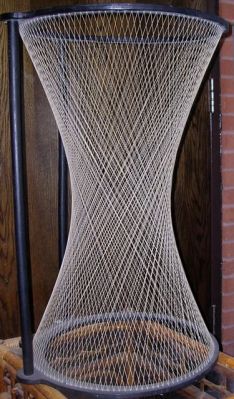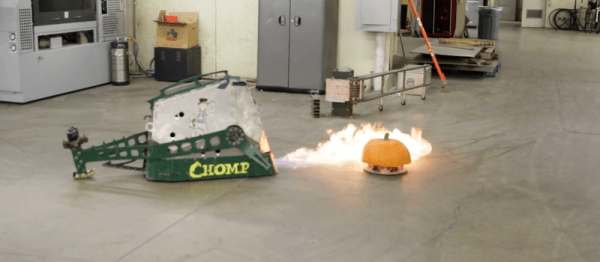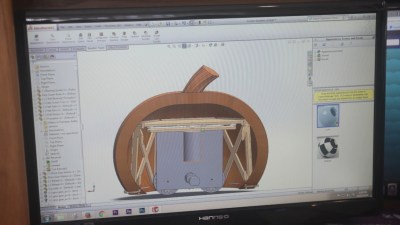Most of the entries in the Hackaday Prize Assistive Technology challenge solve an obvious problem. 3D printed prosthetics, a computer mouse for the mouth, and text to speech systems all have obvious uses. For his Hackaday Prize entry, [spandana] decided on something a little less obvious. He’s going after the scourge of dry eyes with Humidifeyes.
The problem of dry eyes seems a bit esoteric at first glance, but [spandana] is specifically designing this device for people with Steven Johnson’s Syndrome. It’s been mentioned that LASIK patients have dry eyes for months. There is, apparently, an opportunity here.
The mechanics of the device are pretty simple. The current prototype uses off the shelf safety glasses with a little foam around the edges as a chassis. Moisture is delivered from a reservoir to an ultrasonic vibrator. This is a very effective way to atomize liquids, and is small enough to fit on the frame of a pair of glasses.
Although this is the sort of project that’s just a bit weird and allows for too many puns, there’s the glimmer of something useful in here. Dry eyes are a problem, and short of a bottle of Visine, there’s not much to do about it.

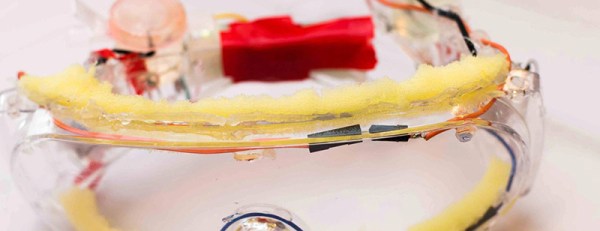





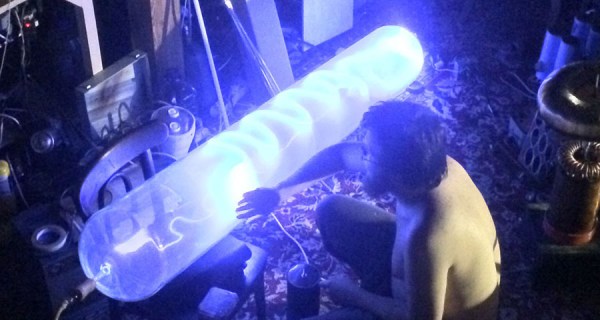
 This tube follows the same principle of operation as its smaller cousin, the plasma globe. Air is evacuated and the tube is filled with a mixture of noble gases, with the particular mixture being responsible for the color of the filaments. Then, high voltage AC is applied to an electrode, which causes the moving tendrils of colored light to extend from the electrode to the outer glass, a phenomenon known as
This tube follows the same principle of operation as its smaller cousin, the plasma globe. Air is evacuated and the tube is filled with a mixture of noble gases, with the particular mixture being responsible for the color of the filaments. Then, high voltage AC is applied to an electrode, which causes the moving tendrils of colored light to extend from the electrode to the outer glass, a phenomenon known as 